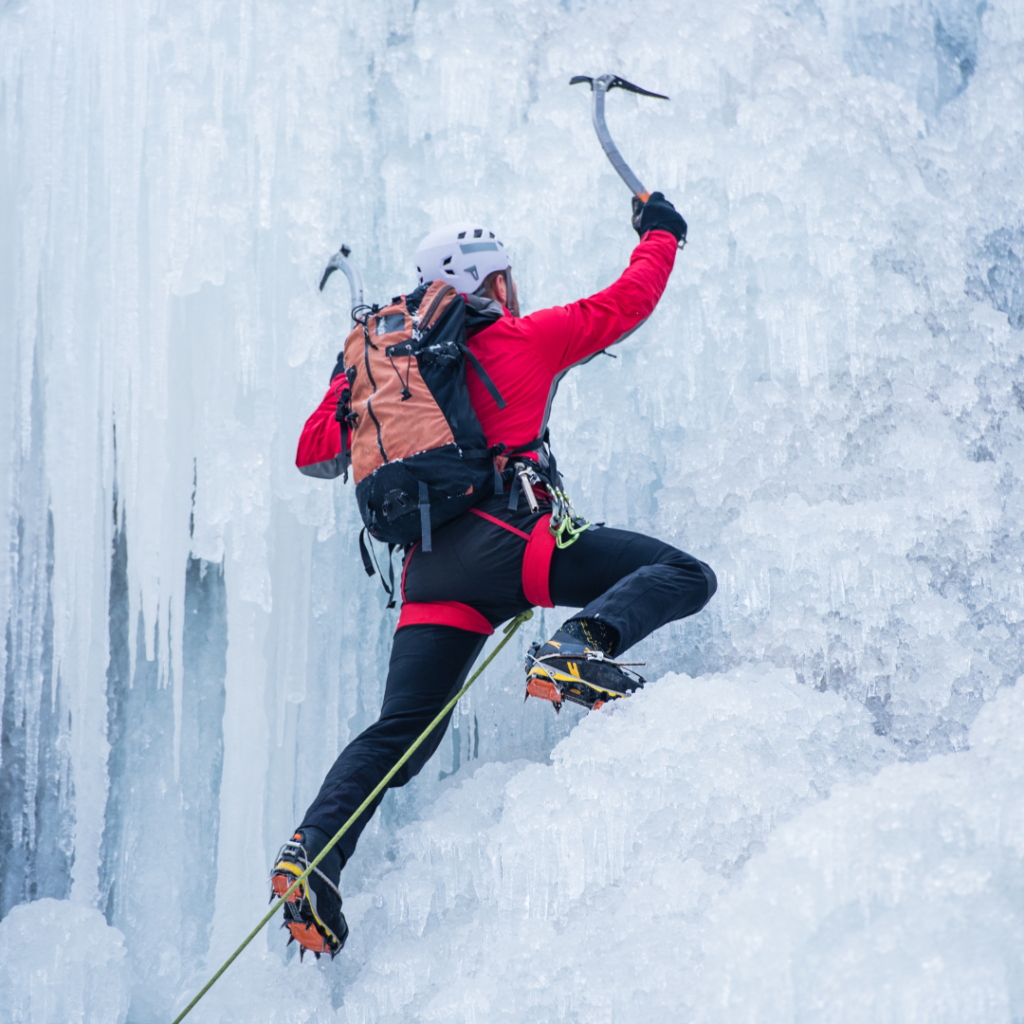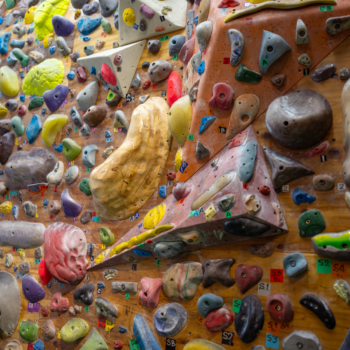Types of Rock Climbing: Scaling New Heights

Table of Contents
Types of Rock Climbing
Interested in learning more about the different types of rock climbing? Here you’ll find a comprehensive guide on all the various types of rock climbing. It truly is a thrilling and rewarding sport that combines physical strength, mental focus, and problem-solving skills. Rock climbing has gained considerable popularity over the past few decades and evolved into various disciplines, each with its unique challenges and appeals.
Bouldering

Bouldering is a form of rock climbing that involves climbing short but challenging routes, called “bouldering problems,” without the use of ropes or harnesses. Climbers typically scale boulders or artificial walls that are no more than 4.5m (15 feet) high, relying on crash pads and spotters for protection in case of a fall. Bouldering is popular among beginners and seasoned climbers alike, as it allows for quick progression and focuses on strength, technique, and problem-solving. Read Bouldering: The Definitive Guide for more information.
Top Roping
This form of climbing is where a rope runs through an anchor at the top of the route and back down to the belayer on the ground. This setup provides a high level of safety, as the climber is secured from falls at all times. Top-roping is commonly practiced in indoor gyms and outdoor climbing areas, making it an ideal starting point for those new to the sport. It allows climbers to build confidence and hone their skills before progressing to more advanced styles.

Lead Climbing

Lead climbing is a more challenging discipline that requires the climber to secure their rope to intermittent protection points (traditionally called “pro”) while ascending a route. There are two types of lead climbing: sport and trad climbing.
Sport Climbing
Sport climbs involve pre-placed, permanent protection points (bolts) fixed to the rock face. The climber uses quickdraws to clip the rope to these bolts, providing safety in case of a fall. This style emphasizes physical strength, endurance, and technique, as climbers push their limits on difficult and sustained routes.
Traditional (Trad) Climbing
In traditional climbing, lead climbing involves climbers placing their own removable protection devices (such as cams and nuts) in cracks and other natural features in the rock. These devices serve as temporary anchor points for the rope, offering protection in case of a fall. Trad climbing requires a strong foundation in gear placement, route finding, and risk assessment, and it often takes place on multi-pitch routes, where climbers ascend multiple sections of a rock face in a single climb.
Deep Water Soloing (DWS)

Deep Water Soloing, also known as psicobloc, is a form of free solo climbing where climbers scale sea cliffs or other rock formations above deep water without using ropes or protective gear. The water below provides a relatively safe landing in case of a fall. DWS combines the mental challenge of free solo climbing with a lower risk factor, and it is popular in warm coastal areas with suitable rock formations.
Ice Climbing
This type is a specialized form of rock climbing that involves ascending frozen waterfalls, ice-covered rock faces, or icefalls using specialized equipment such as ice axes, crampons, and ice screws. Ice Climbing requires a unique set of skills and techniques, as climbers must navigate the constantly changing conditions of the ice. This discipline is popular in cold climates during the winter months and offers a thrilling, adventurous experience for those willing to brave the elements. Learn more here.

Competitive Climbing
Indoor sport climbing competitions, also known as competitive climbing events, have professional climbers in the disciplines of lead, boulder, and speed compete against each other for awards, titles, and prizes. For more information about sport climbing click here.
Rock climbing is an incredibly diverse sport that caters to a wide range of skill levels and interests. Whether you’re a beginner looking to build confidence on the wall or an experienced climber seeking new challenges, there is a climbing discipline for everyone. By exploring different types of rock climbing, you can find the style that suits you.




